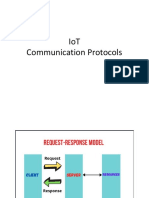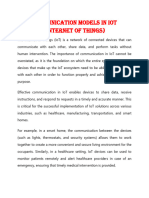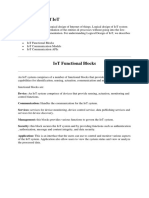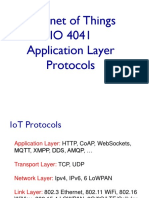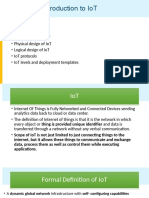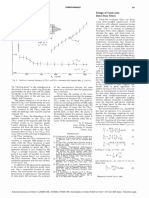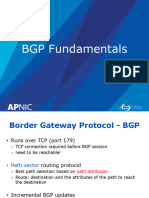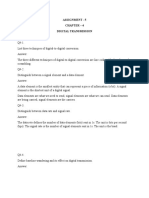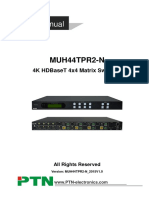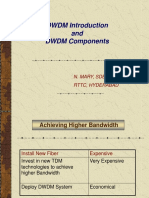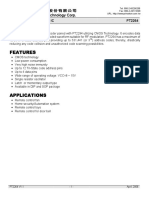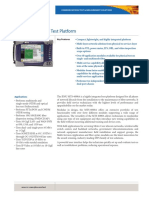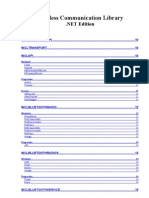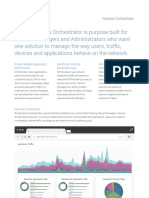0% found this document useful (0 votes)
69 views12 pages11-Iot Communication Models
The document outlines four IoT communication models: Request-Response, Publish-Subscribe, Push-Pull, and Exclusive Pair. Each model has distinct characteristics, such as statelessness in Request-Response and bidirectional communication in Exclusive Pair. Examples of protocols for these models include HTTP for Request-Response and CoAP for Publish-Subscribe.
Uploaded by
jayanth.bshivashankaraCopyright
© © All Rights Reserved
We take content rights seriously. If you suspect this is your content, claim it here.
Available Formats
Download as PDF, TXT or read online on Scribd
0% found this document useful (0 votes)
69 views12 pages11-Iot Communication Models
The document outlines four IoT communication models: Request-Response, Publish-Subscribe, Push-Pull, and Exclusive Pair. Each model has distinct characteristics, such as statelessness in Request-Response and bidirectional communication in Exclusive Pair. Examples of protocols for these models include HTTP for Request-Response and CoAP for Publish-Subscribe.
Uploaded by
jayanth.bshivashankaraCopyright
© © All Rights Reserved
We take content rights seriously. If you suspect this is your content, claim it here.
Available Formats
Download as PDF, TXT or read online on Scribd
/ 12

